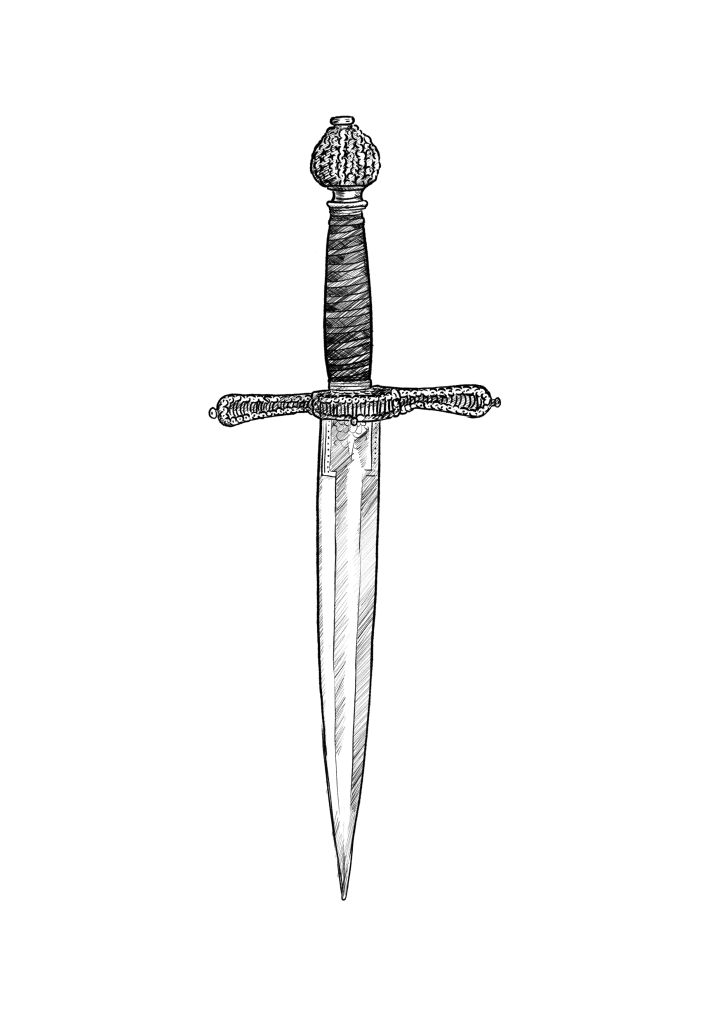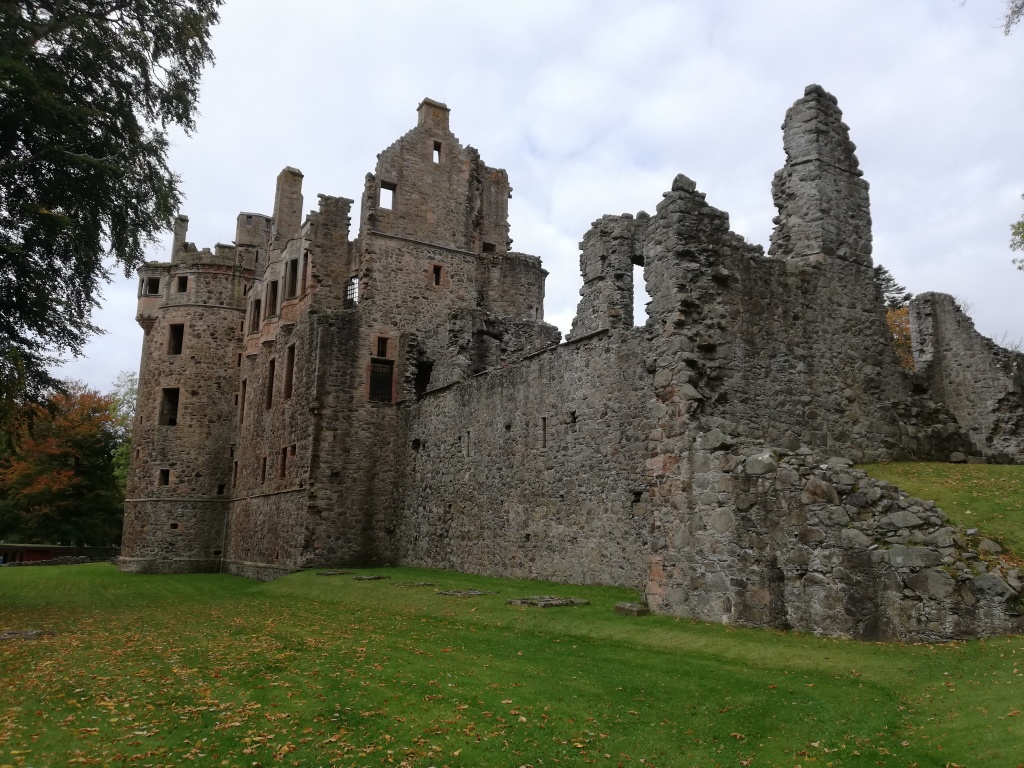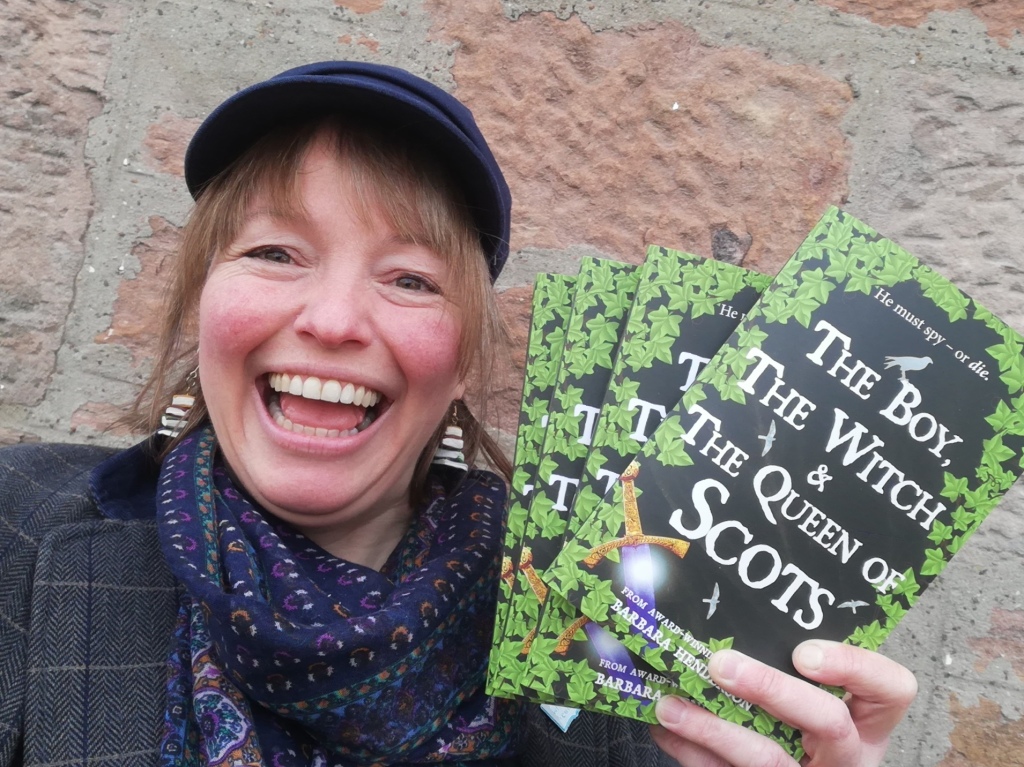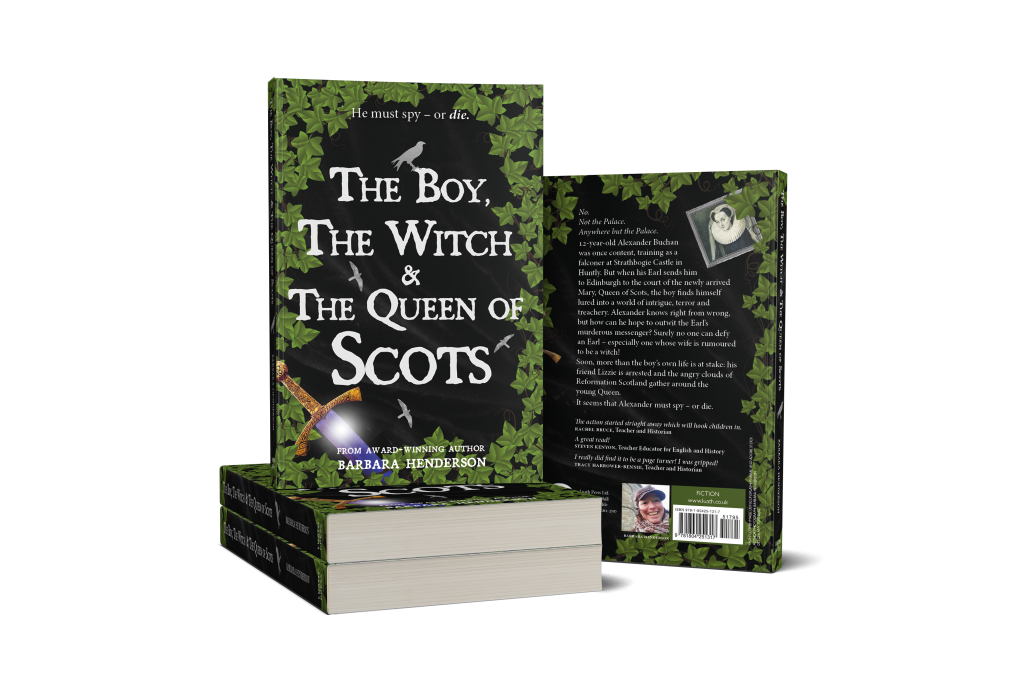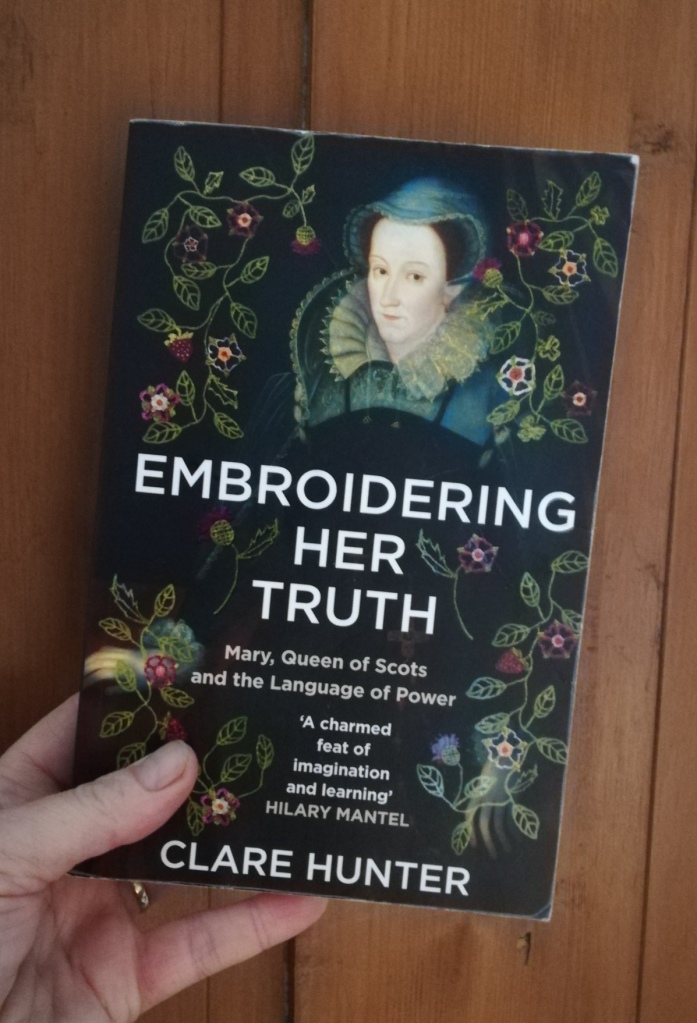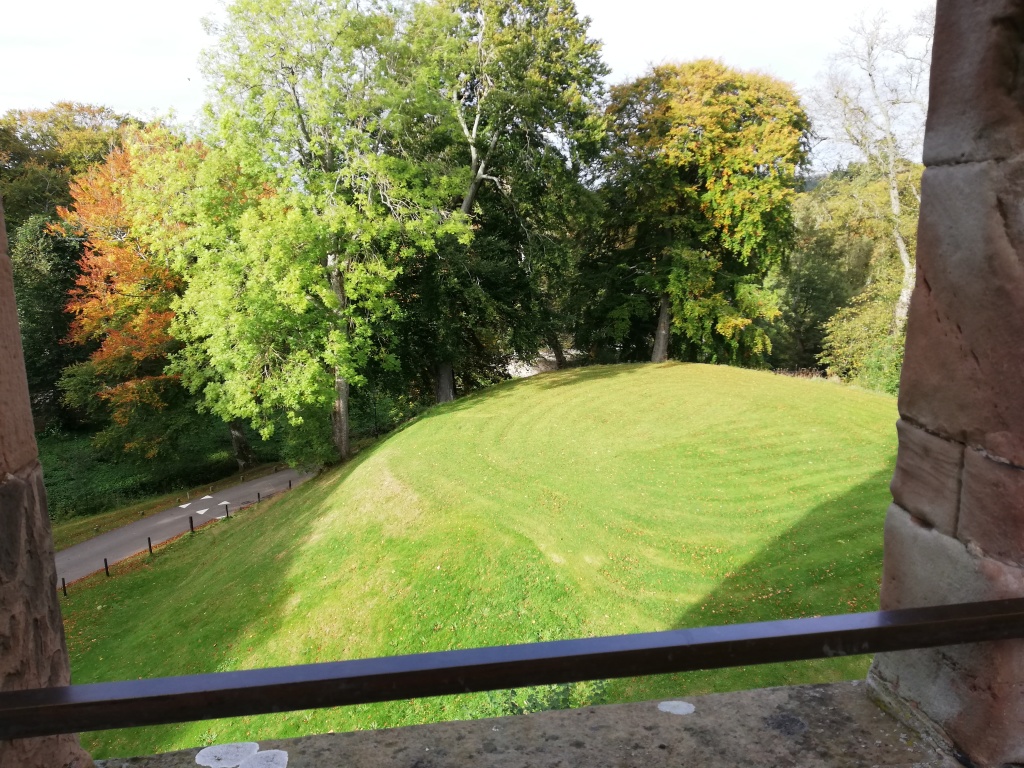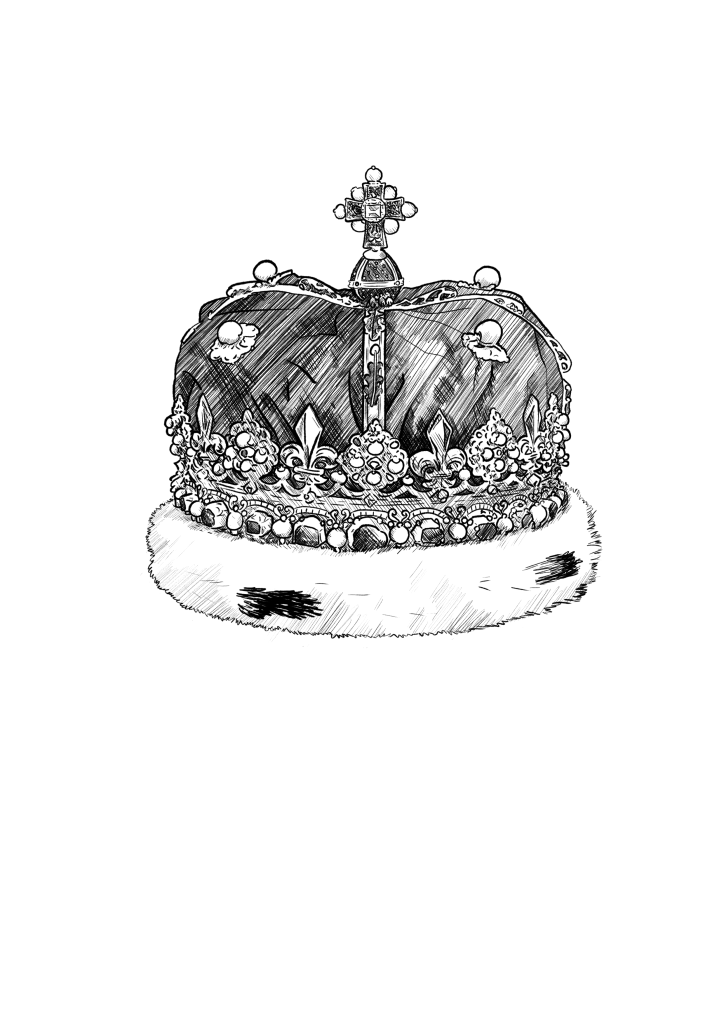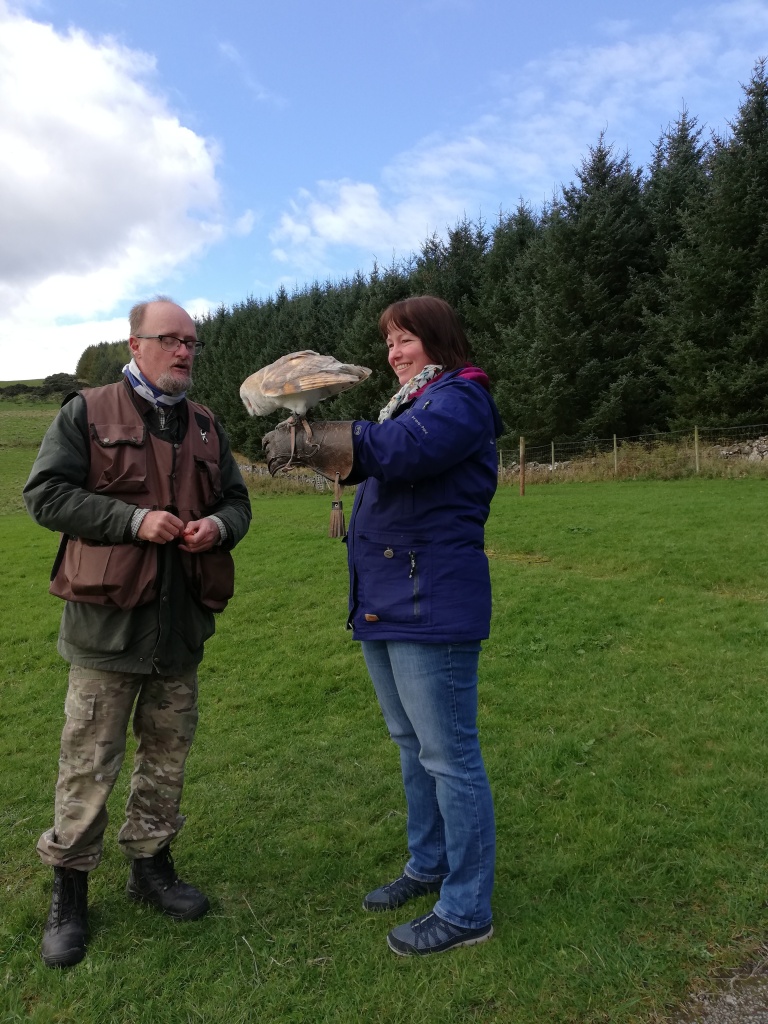World Book Night Resources

Hi all teachers, librarians and parents. World Book Night is on 23rd April, and here are a good few fabulous ideas of how to mark the occasion and build the buzz for reading Scottish children’s books, from the guys at KILTS – Kidlit Scotland. The following document has loads of detailed ideas:
But if you simply want to spread the reading love, feel free to use the graphic below.
Enjoy! And if you use any of our ideas, please let us know 🙂

Word 8: #SECRECY
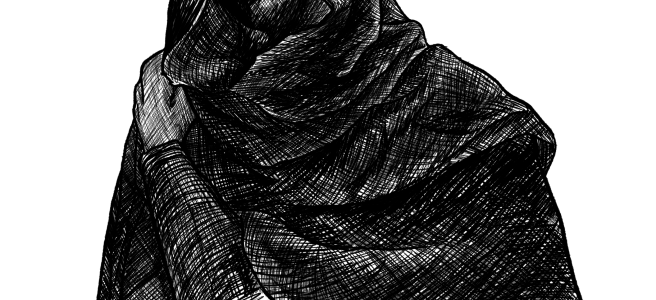
Words are great, so I haven chosen a few to summarise what my new book The Boy, the Witch and the Queen of Scots is all about. It’s out tomorrow (11/04/24). Today’s word is SECRECY. It’s defined as ‘the action of keeping something secret or the state of being kept secret.’
My poor main character Alexander is weighed down with secrets and does his best to navigate an increasingly dangerous world. Who will he finally give his allegiance to? Whose secrets will he keep? And whom will he trust with his own secrets?
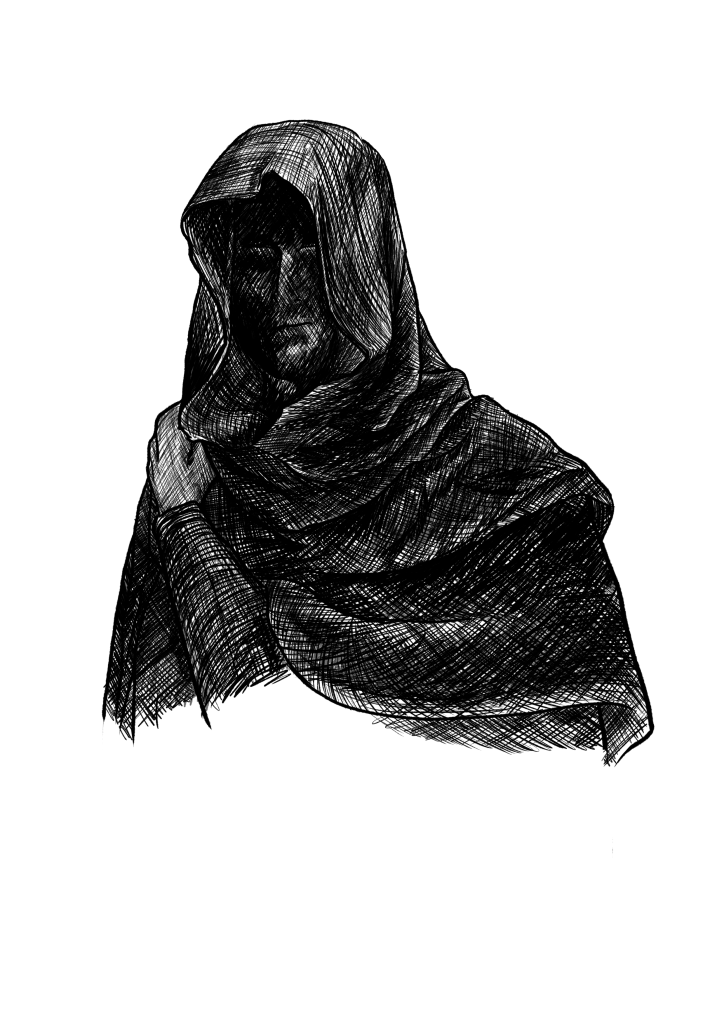
To make things worse, Alexander begins to receive secret visits from a hooded and cloaked messenger. Who is this threatening stranger? And what does he want?
You may just have to read the book to find out. 🙂
Word 7: #WITCHCRAFT

As far as words go, this one lands a double-punch. It can come as no surprise that a book with a title like The Boy, the Witch and the Queen of Scots contains aspects of the supernatural. However, both as a writer and as a reader, I prefer a light touch – a sprinkling of the spooky or supernatural rather than a dousing. I was lucky that history gifted me just such a scenario.

Who is the titular ‘witch’? The answer is less straightforward than you’d imagine. One of my villains is George Gordon, the 4th Earl of Huntly. His wife, according to some historical sources, was partial to a little witchcraft, and as such I chose to weave the Countess firmly into the tapestry of my narrative. It is not that we witness her engaging in anything overtly ‘witchy’, but her actions and motivations are informed by supernatural intelligence, or so she believes. She is something of a Lady Macbeth in my story, backing her husband’s rebellion on the basis of a ‘prophecy’ which turns out to be true – but not at all in the way she expected. Despite her character’s ruthlessness, she too is ultimately a victim of sinister powers.
Much more importantly, I portray a Scotland of 1561-62 where the FEAR OF witchcraft is everywhere. The deadly Scottish Witchcraft Act would be passed under two years later in 1563. In this religiously polarised society, people fear the supernatural and see signs of it all around them. Suspicion of others for any reason was soon considered a sign of witchcraft. Thus even Alexander’s friend Lizzie is suspected of witchcraft when she simply repeats a prediction she has heard mention. As soon as the events of the prediction happen to come to pass, she is dragged to the Tolbooth:
How can this be?
A crowd of spectators begins to form around the palace gates, and more and more people join it from the street outside the city walls. ‘Witch!’ some shout and ‘Fire raiser!’ another.
Lizzie’s eyes! Wide pools of terror, they flit this way as she gives in, allowing the strong arms of the guards to drag her uphill towards the Mercat Cross and beyond it, the cells of the Tolbooth. I do not want her to give up! I want her to shout and kick and fight like an alley cat.
Instead, my friend’s body has gone limp like a plucked goose. ‘LIZZIE!’ I scream, before feeling myself held back by Master Kerr’s strong arms.
Word 6: #REVOLT

The 6th one-word teaser for #TheBoytheWitchandtheQueenofScots is #REVOLT. It’s defined as ‘a renouncing of allegiance (as to a government or party), especially : a determined armed uprising’. Often, writing historical fiction makes the writer’s job easy. We don’t have to generate all the drama in a story – the conflict is already there! All we have to do is throw a character or two into the midst of it, and we have sky-high stakes without even trying.
This was definitely the case for me with The Boy, the Witch and the Queen of Scots. My fictional main character, the falconry apprentice Alexander, is caught between a rock and a hard place: he is sent to serve the newly arrived Mary, Queen of Scots, but secretly ordered to spy for his master, George Gordon, the 4th Earl of Huntly who really did stage a full-scale revolt against the queen. When confrontation and full-scale rebellion become inevitable, Alexander is forced to choose sides. Will he side with the Earl, his home and his loved ones and commit treason in doing so, or will he throw in his lot with the Queen?
You may just have to read the book to find out.
For now, here is a little flavour of Alexander’s inner turmoil:
Confession is familiar. I feel better once I have unburdened my soul to this stranger. My heart tells me I can trust him, so I shall, although I do not mention the spying or the cat-like man in the cloak and his dagger. I do not hold back about my own failures – lies and deception, disloyalty to my Earl, anger at God and men, self-pity. Missing mass these two weeks. And I ask the priest to pray for me, for wisdom. I will need wisdom. The Earl of Huntly will arrive soon, to welcome his new Queen.
And where the Earl of Huntly is, a rebellion will surely follow.
Word 5: #RIVALRY

Words can pack such a punch! What’s my new book The Boy, the Witch and the Queen of Scots about, you ask? My fifth word is #rivalry, defined as ‘competition for superiority in the same field.’ – and there is certainly no shortage of rivalry at the court of Mary, Queen of Scots. Power was the most potent currency in 16th Century Scotland, and power came courtesy of the Queen’s favour.
When Mary arrived from exile in France, still only eighteen years of age, she was probably considered a bit of a pushover by the noblemen who had ruled the country in her absence. There was a bitter scramble for her approval. The country had only recently embraced Protestantism through reformers like John Knox, and many Catholic nobles felt vulnerable to say the least. But here was a stroke of luck – a Catholic Queen back on the throne. Surely things were looking up!
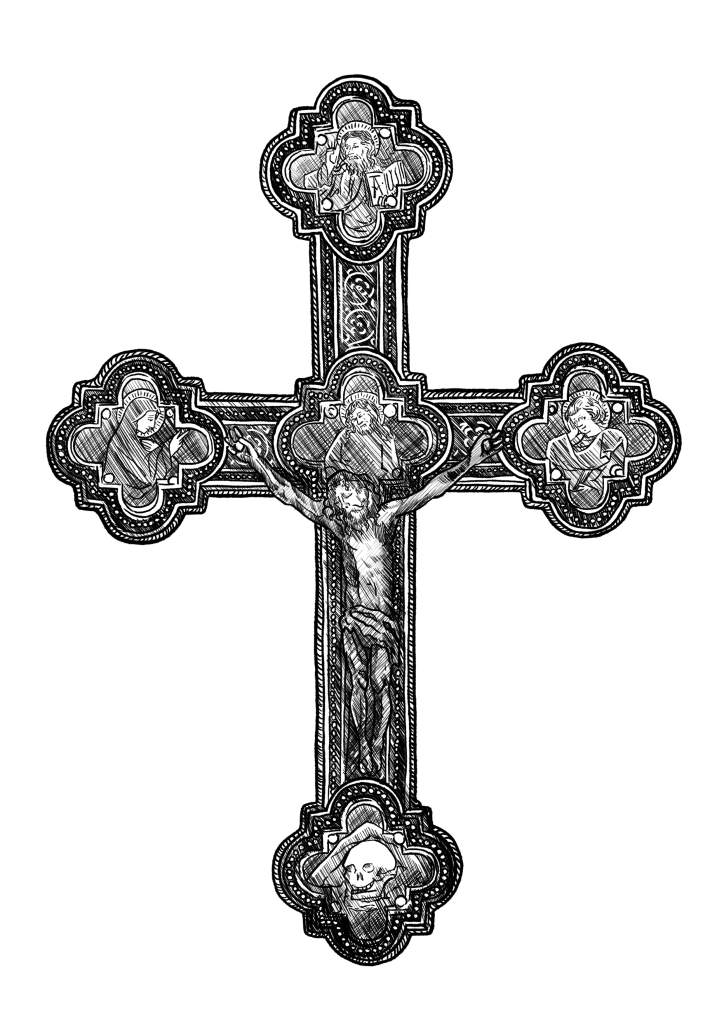
I suppose that the Catholic Earl of Huntly was bitterly disappointed at what transpired: not only did Queen Mary refuse to undo the Reformation (while practising her own Catholic faith in private), but she appointed her half-brother James Stewart, the Earl of Huntly’s arch-rival, as her closest advisor and guide.
The events which ensued thereafter can only be described as a catalogue of misdemeanours, misunderstandings and misguided choices on behalf of the Earl. Whether he ever intended for things to escalate as drastically as they did, the Huntly revolt proved to be Mary’s first real test – and as a writer, I was gifted a villain of the highest order. Rivalry can be such a strong motivator – there was going to be a LOT of drama in my story.
I am certainly not complaining!
Word 4: #EMBROIDERY
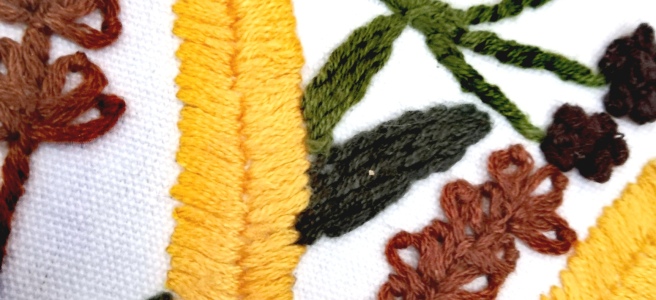
Love words too? My book is out on Thursday. What’s The Boy, the Witch and the Queen of Scots about? I’ll post a one-word-teaser most days, and today’s word is #embroidery. Defined as ‘the art or pastime of embroidering cloth,’ professional embroidery was a skill deemed too complex for women in 16th century Scotland, which seems both outrageous and counterintuitive to us today. In my book, Lizzie – a skilled young seamstress, proves her ability to embroider as well as , if not better than, any man.
I must confess I was really surprised that the embroidery on royal gowns etc was a domain for men – after all, Mary Queen of Scots and her friends embroidered a lot – it was one of her favourite past-times, and one she could pursue in captivity too. I was lucky enough to attend an online event by Clare Hunter and found her book Embroidering her Truth incredibly useful for my research. It added a welcome additional arc to my second main character, and counterbalanced the predominantly male world of falconry of the protagonist Alexander.
It was the perfect excuse to include the idea of an embroidery sampler in my teaching resources for the book (I certainly remember embrodering enthusiastically as a child!). With a bit of luck, a new generation of embroiderers, male and female, will discover the craft!
Word 3: #SPYING
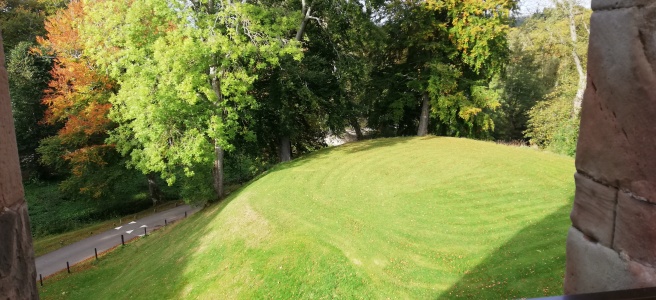
What is The Boy, the Witch and the Queen of Scots about?
My third one-word teaser is SPYING. According to the dictionary, spying is to ‘work for a government or other organization by secretly obtaining information about enemies or competitors.’ In my book, a 12-year-old boy is sent to the court of the newly arrived Mary, Queen of Scots. Scotland is gripped in the political and religious power struggles of the Reformation. What are the intentions of the young monarch? Who will she choose as her allies? What are her plans? Will she be sympathetic to a counter-reformation, perhaps?
My young protagonist works in the royal mews – the place where birds are kept – and accompanies the Queen and her friends on hunting and hawking trips. Perfect for overhearing casual conversation between the Queen and her most trusted advisors.
The problem is: if he reports secretly to his northern master as instructed, he is committing treason, which carries the death penalty. If he refuses to do his master’s bidding, he will be killed because he knows too much. It seems that he must spy, or die. Is there a way out?
You’ll have to read the book, right?
Word 2: #ROYALTY

What’s The Boy, the Witch and the Queen of Scots about? I’ll post one word most days, and today’s word is #ROYALTY.
I love words. Royalty is defined as: ‘royal status or power, sovereignty. b. : a right or perquisite of a sovereign 2. : regal character or bearing : nobility.
In 16th Century Scotland, the concept of a divine right to rue was not usually questioned. Consequently, birth right meant power – but it also placed a target on your back. Mary Queen of Scots inherited the throne aged only six days old, but was soon whisked away to France for her own protection. Only after being widowed there did she return to Scotland to rule. She was eighteen. The Boy, the Witch and the Queen of Scots shines a light on this young, energetic and often pragmatic queen. She has had a lot of bad press over the centuries (and true, her later decisions are questionable at best). Hopefully my book will offer just one more facet on this. I share a birthday with Mary and have always felt a keen interest in her – despite being on the fence about the concept of a modern monarchy.
Word 1: #FALCONRY

It’s book launch month. What’s The Boy, the Witch and the Queen of Scots about? I’ll post one word most days, and today’s word is #falconry. Defined as ‘the sport of hunting with falcons, hawks, eagles, etc.; hawking. The art of training hawks to hunt.‘
My main character, Alexander Buchan is training as a falconer. His activity is so crucial to the book that I considered calling it ‘The Queen’s Hawker’. He is the ideal spy: a young boy who won’t arouse suspicion – and Queen Mary loved hunting with birds, particularly her merlins. I consulted several falconers for advice during the writing of the book and got up close and personal with a couple of birds too.



